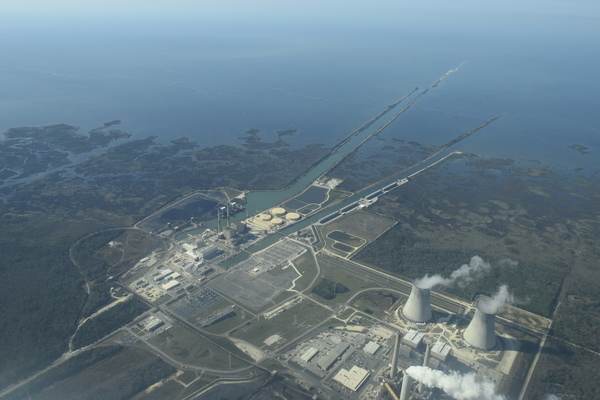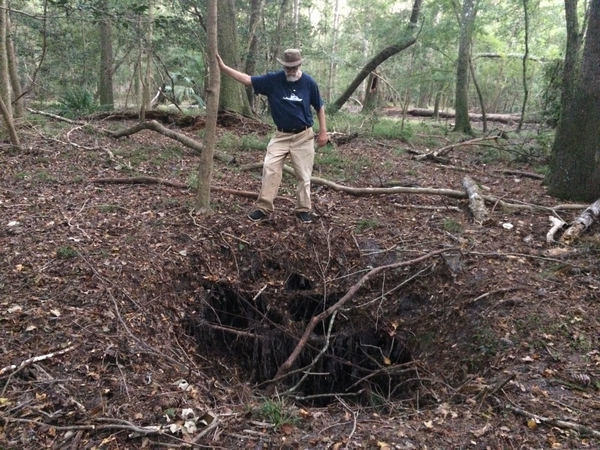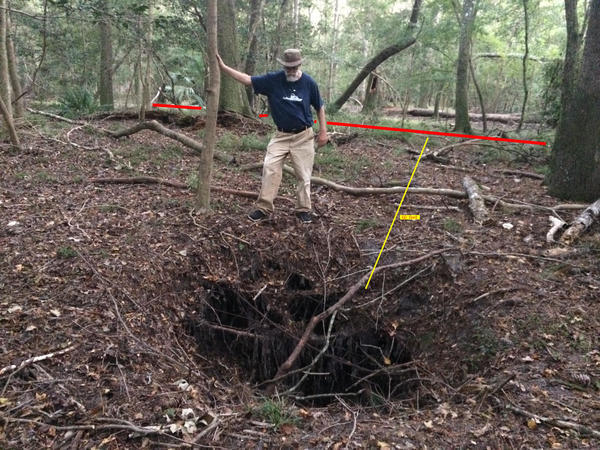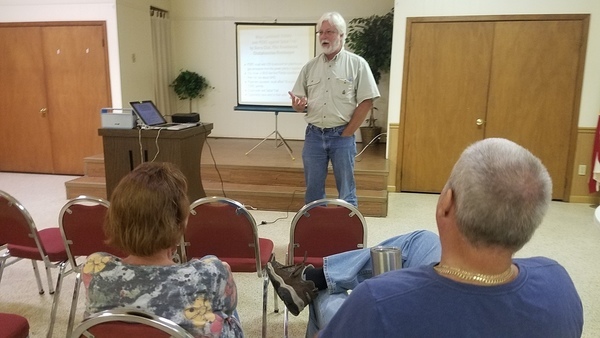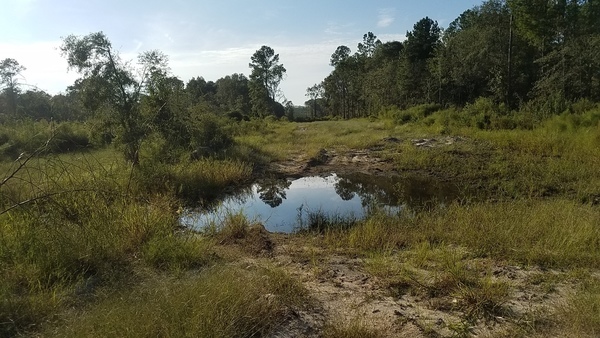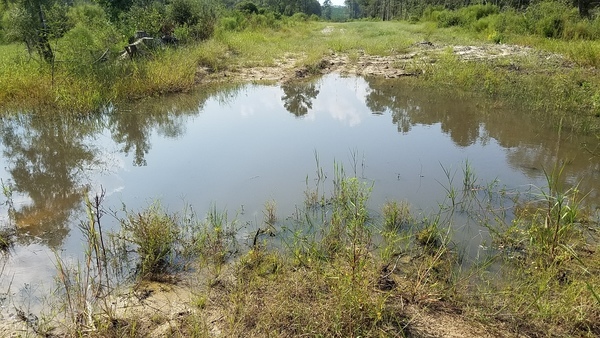Noah Valenstein, formerly SRWMD, now FDEP Secretary, has appointed Eric Draper of Audubon Florida to head Florida State Parks. The same Eric Draper who twice endorsed Sabal Trail in writing, and did nothing to stop Sabal Trail from drilling under the Suwannee, Santa Fe, or Withlacoochee (South) Rivers, nor under the Suwannee River State Park that he will now oversee.
Walton Outdoors, Blog, 2 November 2017, Audubon Florida’s former executive director Eric Draper now director of Florida State Parks,
TALLAHASSEE, Fla. — Florida Department of Environmental Protection Secretary Noah Valenstein today announced three key appointments to DEP’s leadership team, as part of its continued focus on the protection of Florida’s prized properties through the management of Florida’s world-renowned state park system and land acquisition and conservation. Eric Draper will join the DEP team as the Director of Florida State Parks, effective Nov. 28, and Callie DeHaven will serve as Interim Director of the Division of State Lands effective Nov. 27, subject to Governor and Cabinet confirmation. David Clark, who has previously served as Director of State Lands and has been acting Deputy Secretary of Land and Recreation, has officially been appointed Deputy Secretary.

Aerial west across FL 200, down Withlacoochee (South) River, across Sabal Trail Marion County drill site, and Halpata Tastanaki Preserve. Photo by Jim Tatum on WWALS Southwings flight 7 February 2017.As Florida State Parks Director, Draper will Continue reading



